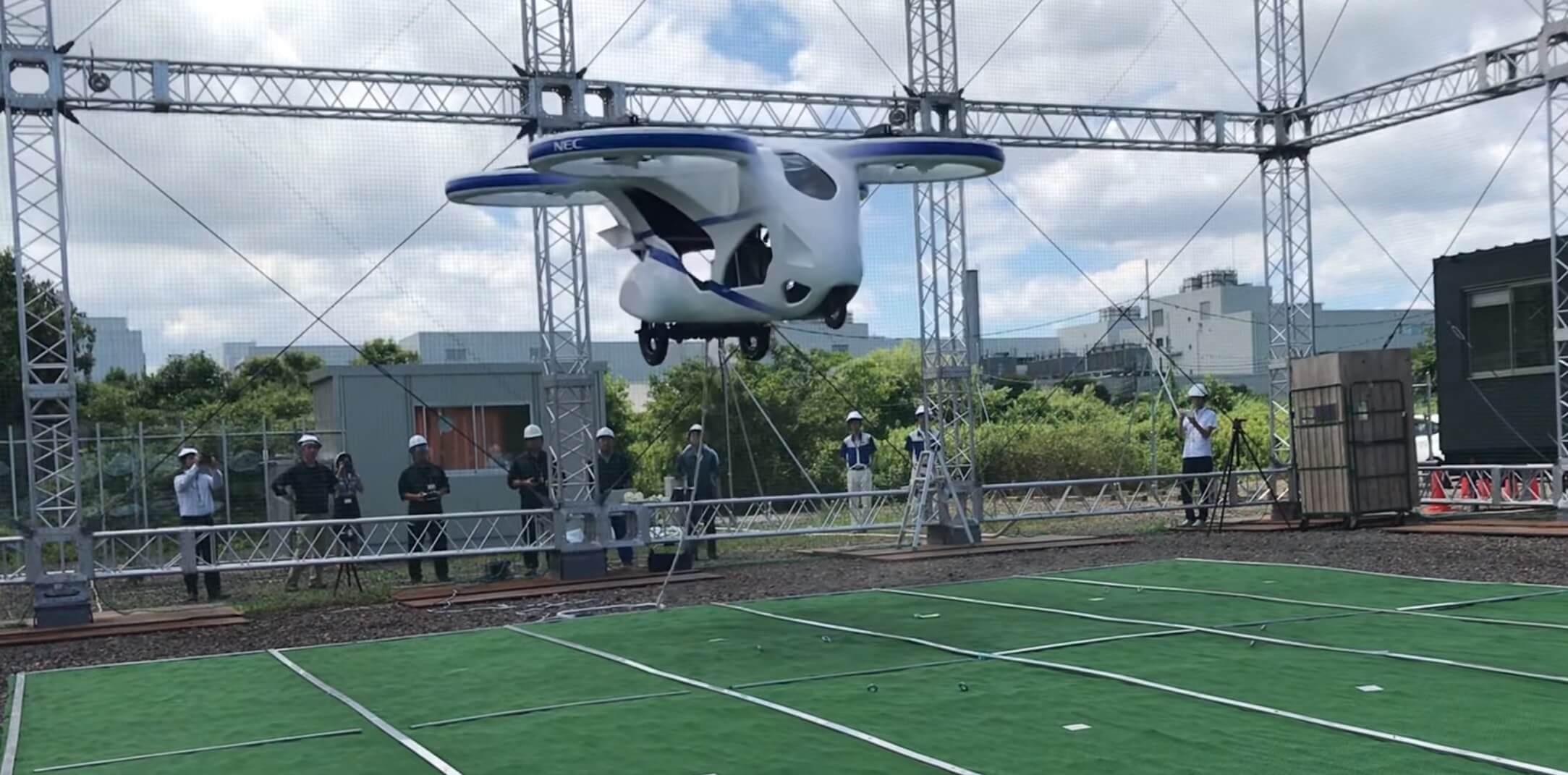Forward-looking: We’ve been hearing about the development of flying cars for quite a while now, and the vehicles moved another step closer to mass production following a demonstration in Japan yesterday.

Several companies are working on autonomous flying vehicles, including Japanese firm NEC, which partnered with Japanese tech startup Cartivator to develop its quadcopter-style passenger drone.
The battery-powered machine had a demo on Monday, in which it hovered inside a cage at a height of around 10 feet for about 40 seconds before returning to earth. It might not have been the most impressive of feats—there weren’t even any passengers inside, and it was tethered to the ground—but it was among the first demonstrations of a flying car by a major Japanese corporation, writes Bloomberg. Cartivator hopes to start mass production of the drone in 2026.
The drone takes off at around the 1:15 mark
Japan has grand ambitions when it comes to flying cars. It aims to use them for shipping goods by around 2023 and wants people to ride them in cities by the 2030s. It’s thought the vehicles could help reduce the traffic congestion present in some of the country’s busiest locations.
“Japan is a densely populated country and that means flying cars could greatly alleviate the burden on road traffic,” Kouji Okada, one of the project leads at NEC, told Bloomberg. “We are positioning ourselves as an enabler for air mobility, providing location data and building communications infrastructure for flying cars.”
Uber, Lilium, Larry Page’s Kitty Hawk, Audi, Airbus, and many more have joined the flying car bandwagon. Cartivator, meanwhile, has the advantage of being granted a permit for outdoor flights by the Japanese government.
https://www.techspot.com/news/81306-japanese-passenger-drone-lifts-off-short-demo.html